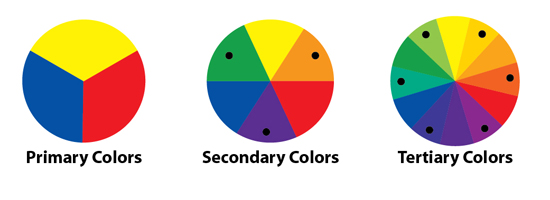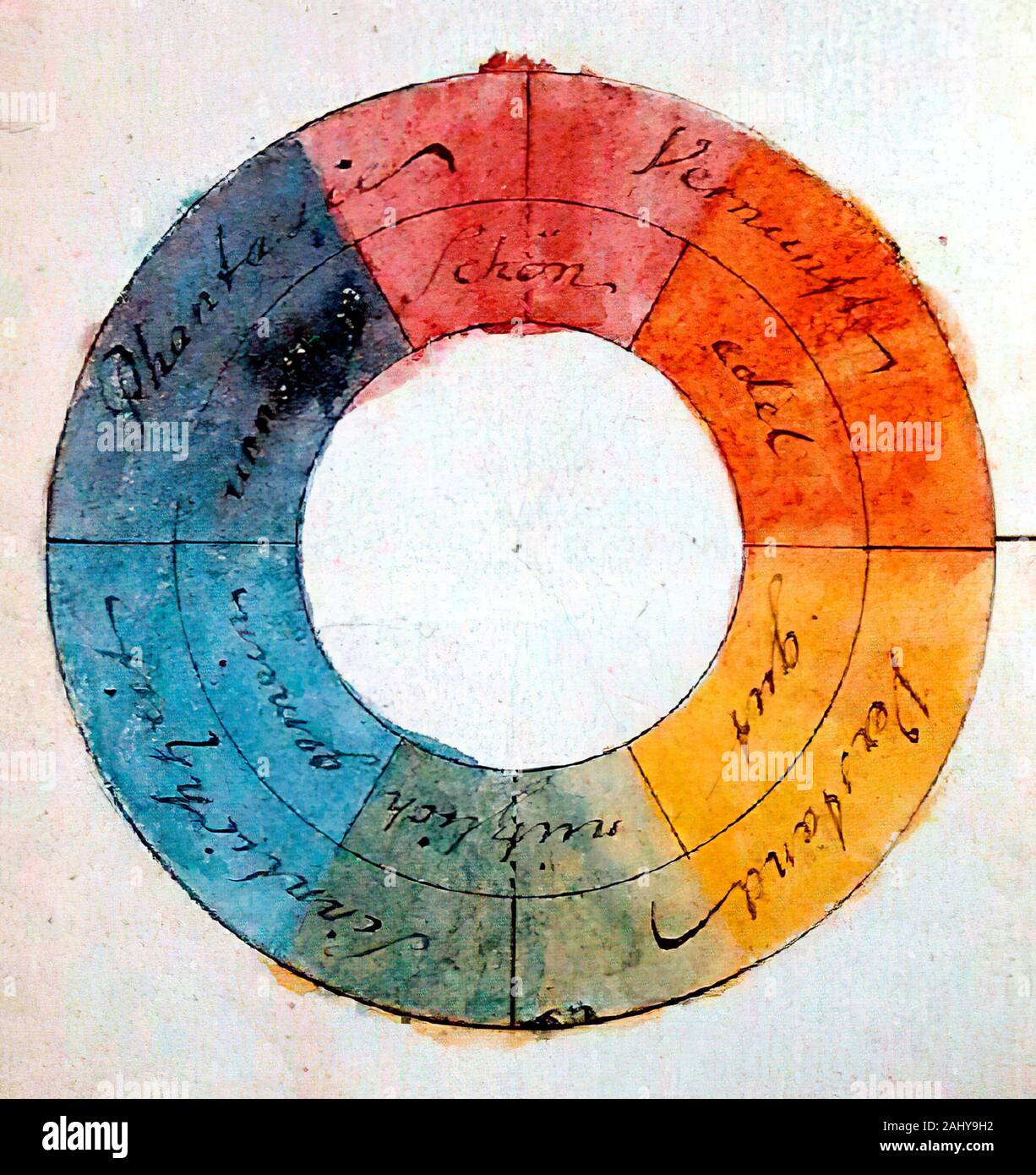

The link allcaps provided in the comment is a funny explanation why. The more you mix the colors the harder it is for the human eye to detect those differences.ġ) There are no standard list of names of colors.

The tertiary colors for the RGB and CMY sets are azure (cyan + blue), violet (blue + magenta), rose (magenta + red), orange (red + yellow), chartreuse (yellow + green), and spring green (green + cyan).Īnother group of tertiary colors can be created by mixing secondary colors: the quaternary colors, the names for the twelve quaternary colors are more variable, if they exist at all, though indigo and scarlet are standard for blue–violet and red–vermilion.įrom the mix of the previous colors we get quinary colors, which are, roughly, varying shades of gray, this is way there are no specific names beyond the tertiary colors. Note, this magenta is not quite the same as that found in the CMY color set. For example with the traditional primary and secondary colors our tertiary colors would be vermilion (red + orange), amber (yellow + orange), chartreuse (yellow + green), teal (blue + green), violet (blue + purple), and magenta (red + purple). Tertiary colors are created by combining adjacent primary and secondary colors.

What lies beyond primary and secondary colors?

I got these names by translating the CMY colour names into RYB equivalents and then looking for the names of intermediate CMY colours. I've listed the CMY tertiary colours from that article and indented proposed names for the quaternary colours. I used the list of RYB quaternary colours at to fill in some of the gaps between the CMY tertiary colours.


 0 kommentar(er)
0 kommentar(er)
